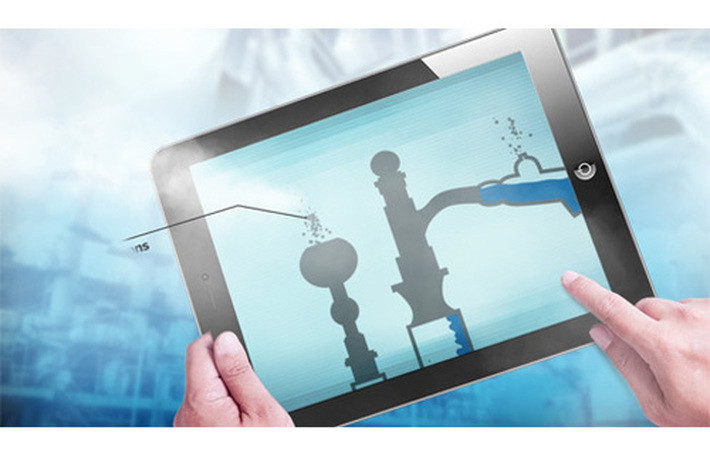
Published on 07/15/2016 | Strategy
The cost of adopting IoT is falling rapidly, with the cost of sensors now about 20 percent of what it was just a few short years ago. Just as telling, Forrester Research predicts that by 2020, U.S. companies alone will have spent more than $3 billion to manage the APIs that enable sensors to communicate. With APIs making it easier to connect sensors to software, and the falling price of the sensors themselves, the time is right for an explosion of new use cases that will transform the chemical industry.
Counterfeit chemicals cost more than $250 billion annually, but just as critical is the fact that counterfeit chemicals can be dangerous, or even lethal, when used in place of the real thing. Using sensors to communicate lot and serial numbers at every point in the supply chain can reduce the risk of counterfeits in real time. Companies that use sensors to identify lots can protect their revenue and margins, avoid potential costly recalls, and protect the brand from bad publicity when counterfeit products cause problems.
Managed logistics is a prime use case for the IoT. Hub operators can monitor traffic and maintain geo fences that ensure that materials stay quarantined or remain in specified locations. Sensors can notify them automatically about incidents and send notifications to interested parties automatically, reducing manual effort and ensuring up-to-date information. Dispatchers can monitor the locations of their own fleet and even leased units to provide real-time information on deliveries and insight that makes dispatching more efficient. The result: Both inbound and outbound traffic is more visible and efficient. The entire logistics chain has less friction and greater velocity, resulting in increased infrastructure utilization, more throughput, and lower overall costs.
Augmented reality adds useful information into a user’s view in real time. The user may see pictures of products that can help improve picking accuracy, or see location data that eliminates the need for pick lists. Quality information such as specifications or expiration dates by lots can help to ensure that picking, packing, and put-away activities are as efficient and error-proof as possible. The result is a more efficient warehouse, with faster and more accurate fulfillment.
Precision farming
Sensors continuously measuring soil parameters improve the efficiency of farming by ensuring the right mix of water, nutrients, and crop protection chemicals. Big data analytics can be used to predict weather and the effect on the farm to ensure that the right quantity and mix of products is available when needed. The result is better crop yields and less environmental impact, helping to feed more people while expending fewer resources to help keep costs in line.
The chemical industry can benefit greatly from adopting the IoT to control costs and quality while improving visibility and throughput.